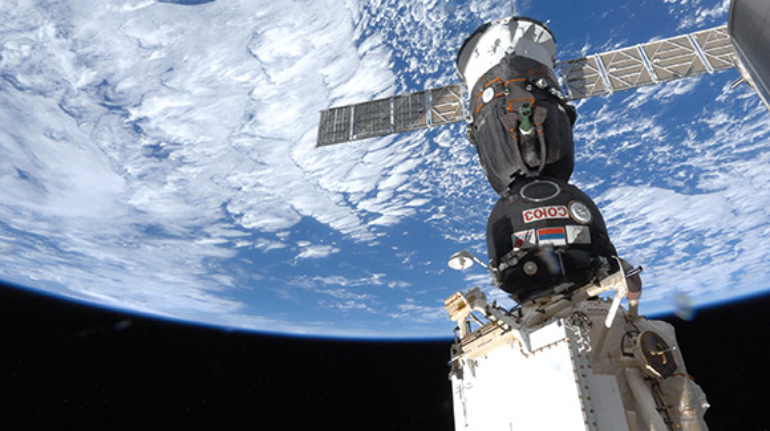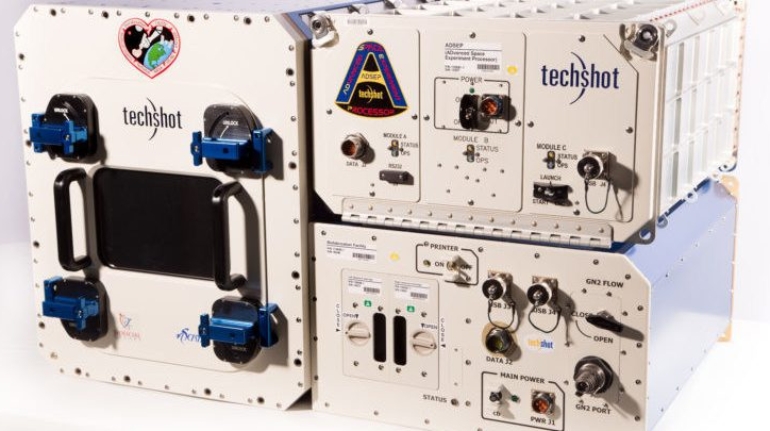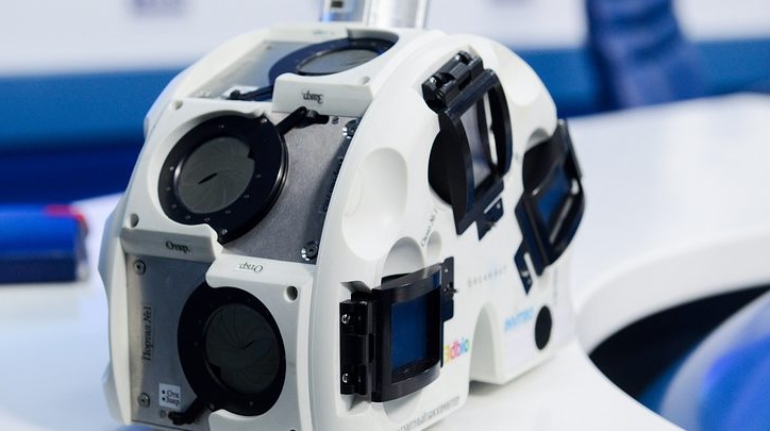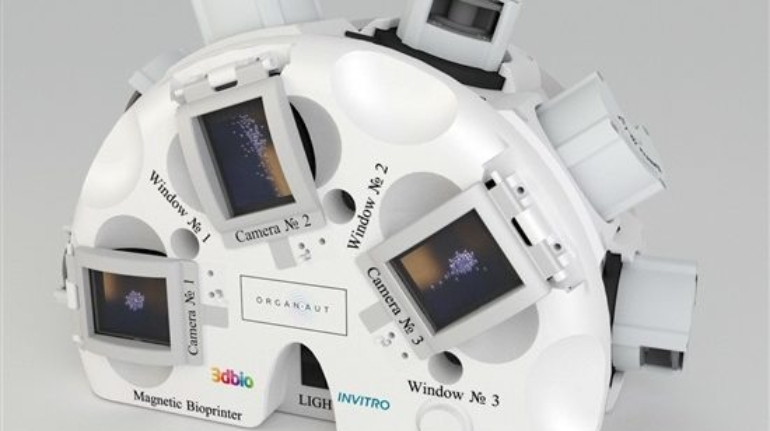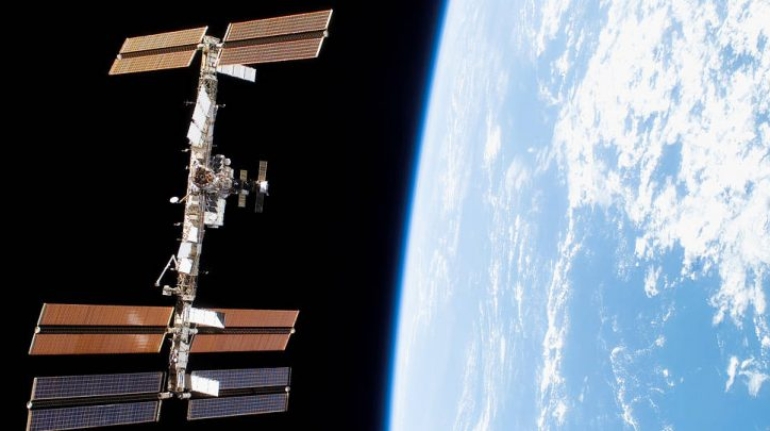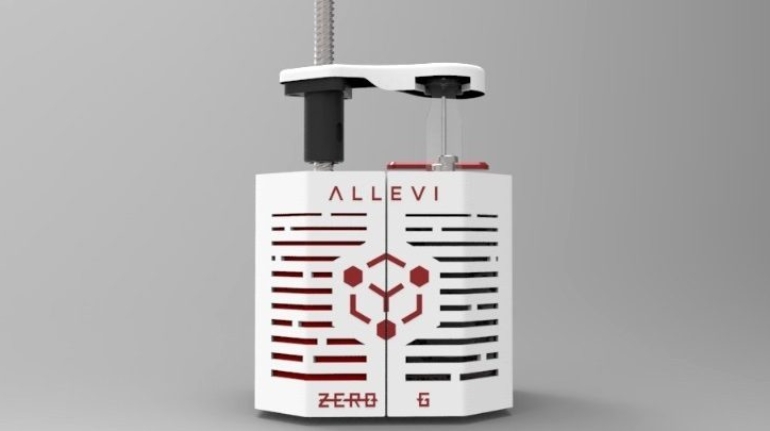nScrypt 3D BFF completes first in-space bioprinting test Bioprinting
A joint team consisting of Florida-based nScrypt, space company TechShot, Inc, the Geneva Foundation and Uniformed Services University of the Health Sciences (USU) has successfully conducted its first 3D bioprinting test aboard the International Space Station (ISS). In the experiment, ISS astronauts used nScypt’s 3D BioFabrication Facility (BFF) to 3D print a human knee meniscus as part of the 4D Bio3 Program.




